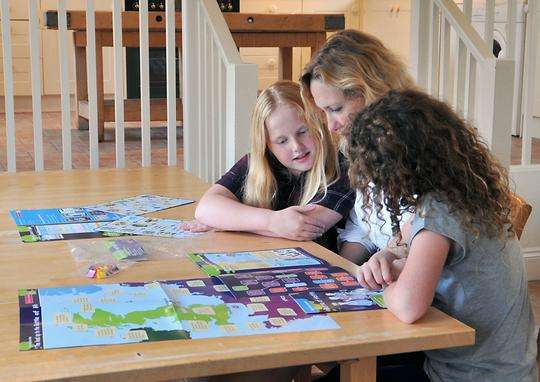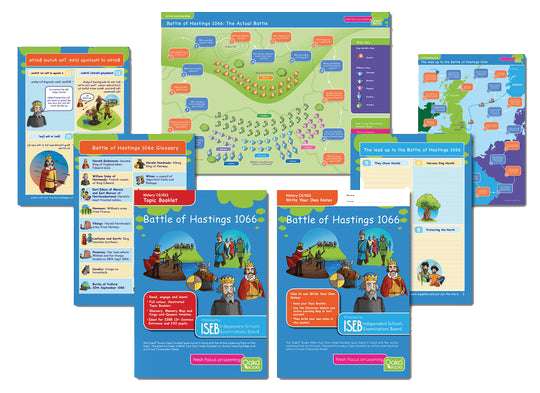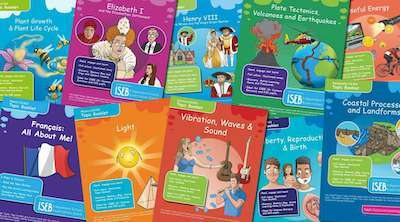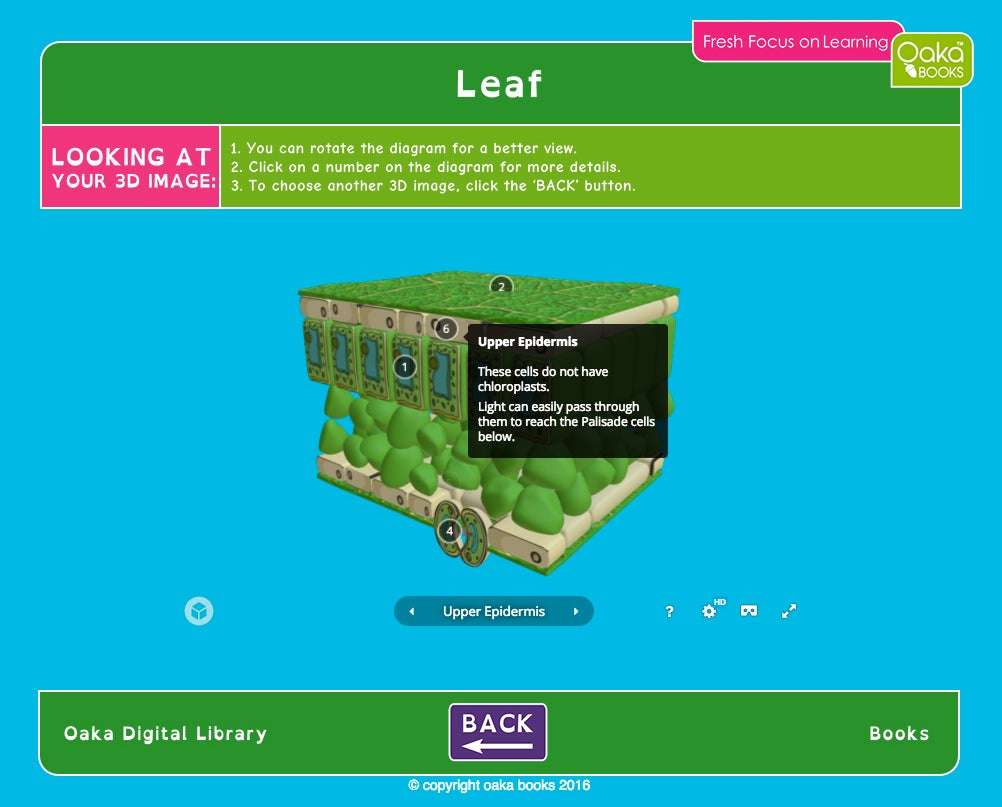We’ve discussed the practice of mindfulness for learners on the blog previously and another tool to help children better understand themselves is the mood diary.
A mood diary helps to build up a picture of when certain feelings might be triggered. It’s as much about positive feelings as negative. We all see our productivity, concentration, alertness and creativity change through the day. Early birds and night owls are a well-known example. But getting to know that about yourself can be tricky. It can be muddled by what we want to be, what other people want us to be, and how the people around us are.
For a child that is especially complicated because they don’t have the same control over their lives – their schedule and timetable is decided for them with very much a “one size fits all” at school and compromises with the family at home. With their limited experience it can be hard for them to recognise how they are really feeling and when one emotion masks another. A common example is bored children becoming disruptive or acting out. They might not recognise or be able to explain that they are bored.
So what exactly is a mood diary and how can it help? Basically it is a log of how someone feels along with possible triggers for that feeling. One day it might record feeling frustrated, along with how much sleep was had the night before, how much exercise, interactions with other people and what was eaten. Cross referencing those things can lead to clues about where feelings come from. Similar diaries are used in medicine to check for food allergies or to track migraine triggers, for instance. Your mood diary can be paper based or you can use an app like Moodlytics to track your mood on your phone.
These triggers can be explained to children in simpler terms, like pushing buttons. The cause and effect of pushing a button and seeing a result is easy for them to grasp. A vending machine, the TV remote: a button gets pushed and something happens.
This links with the mood diary when you can put together patterns and see the underlying causes: what is pushing your child’s buttons? With that understanding you can discuss the issues and prevent or encourage different scenarios to get the best result. Even understanding why they feel and react a certain way can help children make better choices and improve their relationships, study and happiness.
Cause and effect is an essential part of children learning how to form positive relationships. Using a mood diary to recognise how different triggers can result in varying outcomes is not a bad life skill to master. Perhaps creating mood diaries within a new class would give pupils a better understanding of one another?





